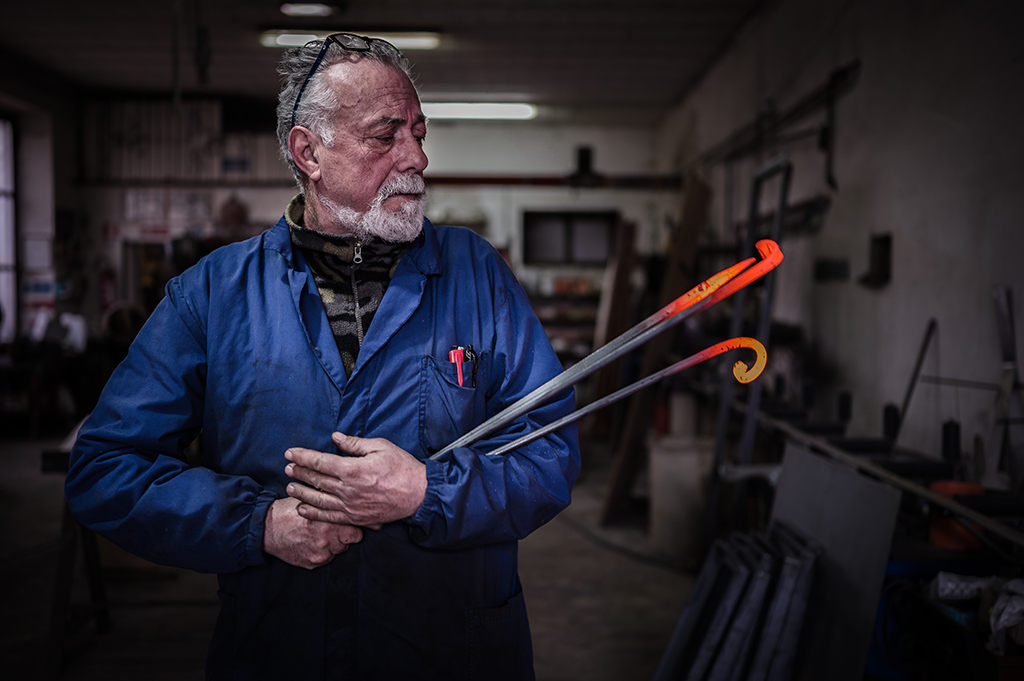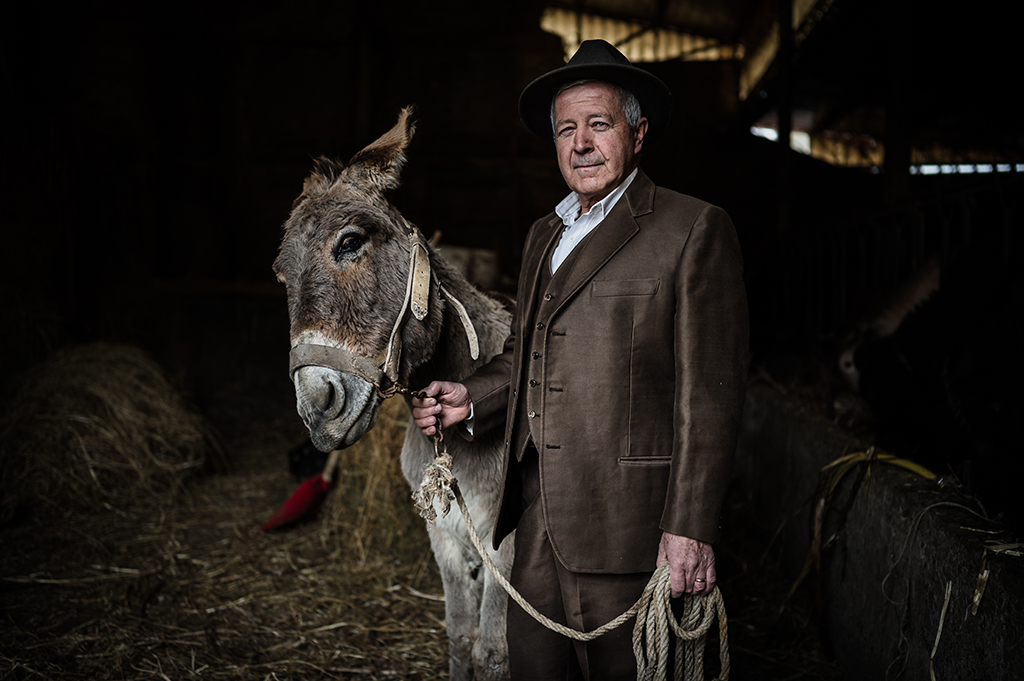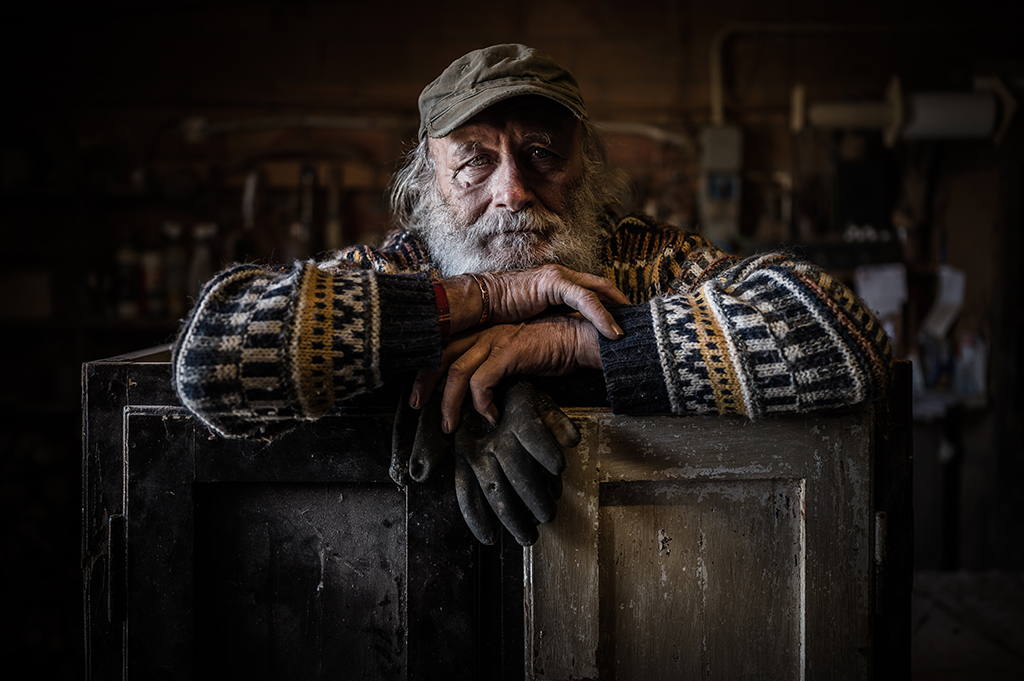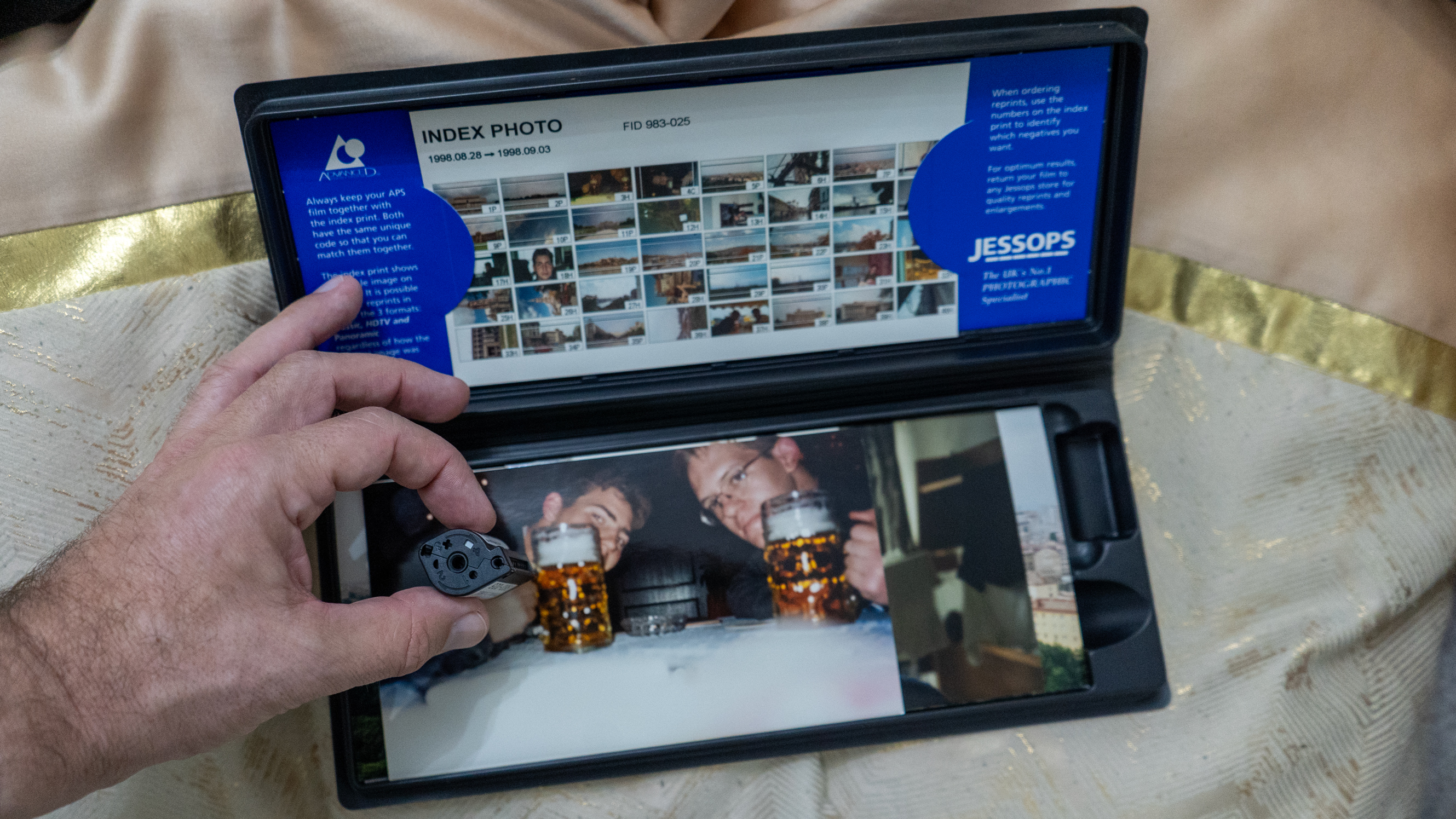Michele Belloni captures the stories and images of artisans working high in the Tuscan hills
Portrait photographer Michele Belloni documents the traditional – and sadly disappearing – trades of Amiata
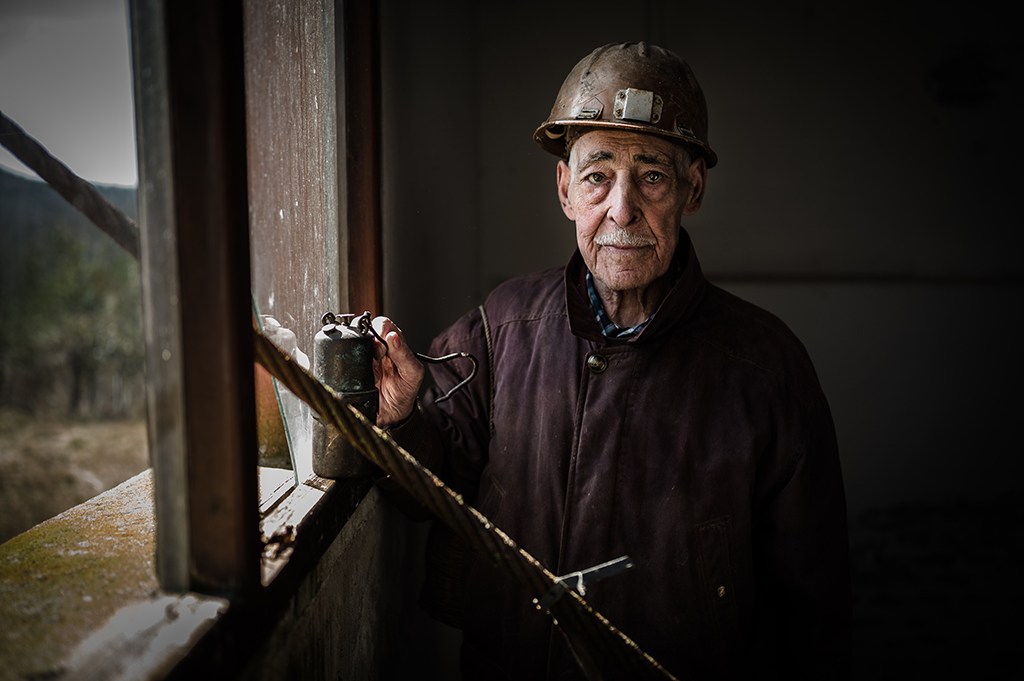
In Amiata, a mountain between Maremma and the Val d’Orcia hills, one of the most beautiful Tuscan areas, there are a lot of traditional artisan trades that are slowly being lost to make way for more modern activities. The abandonment of these ancient crafts produces enormous cultural damage, depriving the historical centres of traditional references. So I have tried to freeze these figures over time to prevent them from being forgotten.
The goal is to safeguard and enhance traditional trades at risk of extinction, possibly by stimulating the hope of a generational change through the transfer of the acquired skills by the artisans themselves during their lives, avoiding losing value of these ancient crafts.
All the images were shot on the locations these tradespeople carry out their work. Their habitat could not be anywhere other than the place where they carried out their crafts for years: from an ancient medieval castle for the chimney sweep, to a fenced pasture for the alpaca breeders.
The project lasted two years, due to the difficulties in finding, contacting and fixing a first meeting and then for arranging the shooting sessions themselves.
The Italian job
Initially I chose to spread this photographic experience online to give visibility and value to these people and to the areas in which the project had been developed. But thanks to a (partly unexpected) large demand, I was prompted to make a book out of it and distribute it through a popular European online bookstore. For now, sadly, Amiata has only been printed in Italian. However, an English version is on its way.
Most of the project was realized with a Nikon Z 6, Z 35mm f/1.8 S, Z 50mm f/1.8 S and Z 24-70mm f/2.8 S. To be honest, in the end the only lens used was the 35mm, thanks to its lightness, large aperture, and incredible quality. The lightness of the Z 6 body, along with the compactness of the lenses and the quality comparable to much more expensive historical German brands, of which I am a strong admirer, convinced me to change to the mirrorless system after decades of using Nikon SLRs. Despite growing up in darkrooms surrounded by chemicals and film enlargers, having the exposure preview in the viewfinder, the image stabilizer, and this level of autofocus accuracy, is absolutely priceless.
The memory that I will always carry with me will be of the people with so many stories to tell – the ones who have reached that age after a life of sacrifices, pursuing a path made of vocation and passion. I was able to share the meaning of the project and they all decided to participate with interest.
The best camera deals, reviews, product advice, and unmissable photography news, direct to your inbox!
The only real challenge was to be able to reach an extreme degree of humility, so as not to disfigure giants like these people who, despite a thousand problems, have decided to stop working for a few hours to work with me, so I can shoot my imagery.
Read all about Michele’s Amiata project in its entirety – and find out about the book.
Read more:
Best Nikon cameras
Best travel cameras in 2021
Best travel tripod
N-Photo: The Nikon Magazine is a monthly publication that's entirely dedicated to Nikon users. For the best news, reviews, projects and more, subscribe to N-Photo today!
<p><a href="https://www.awin1.com/awclick.php?awinmid=2961&awinaffid=103504&clickref=hawk-custom-tracking&p=http%3A%2F%2Fwww.magazinesdirect.com%2FNPH%2FSP10%3Futm_medium%3DBanner%26utm_source%3DBRAND%2BWEBSITE%26utm_campaign%3DNPH%2BSPRINGSALE21%2BBanner" target="_blank"><strong>Subscribe today!
Prior to joining digitalcameraworld.com as Guides Editor, Adam was the editor of N-Photo: The Nikon Magazine for seven years, and as such is one of Digital Camera World's leading experts when it comes to all things Nikon-related.
Whether it’s reviews and hands-on tests of the latest Nikon cameras and lenses, sharing his skills using filters, tripods, lighting, L brackets and other photography equipment, or trading tips and techniques on shooting landscapes, wildlife and almost any genre of photography, Adam is always on hand to provide his insights.
Prior to his tenure on N-Photo, Adam was also a veteran of publications such as PhotoPlus: The Canon Magazine, so his wealth of photographic knowledge isn’t solely limited to the Big N.
